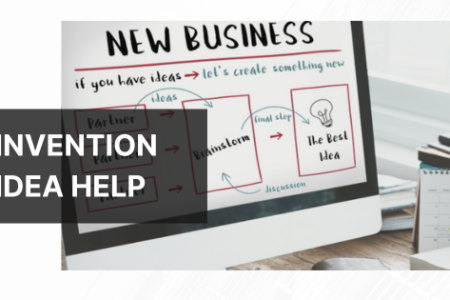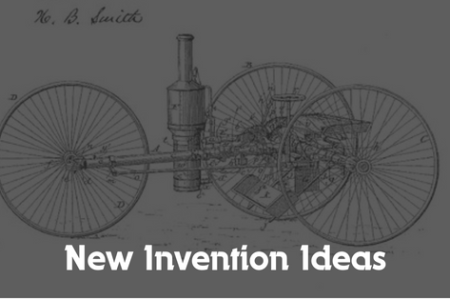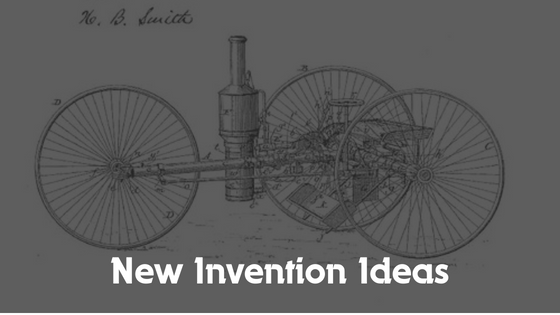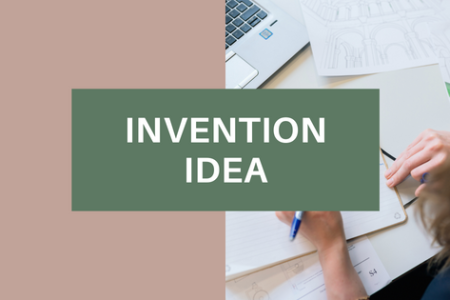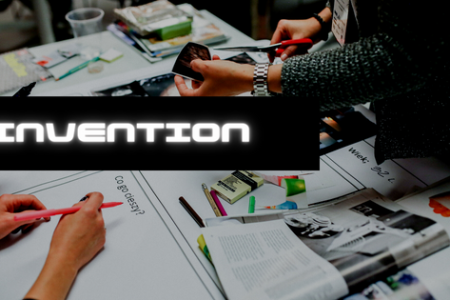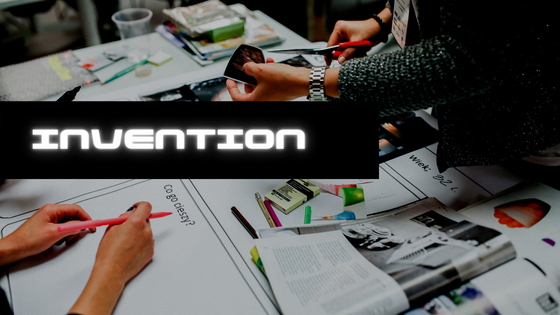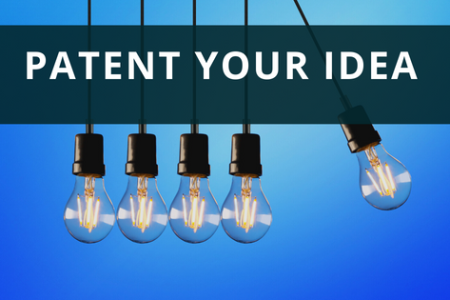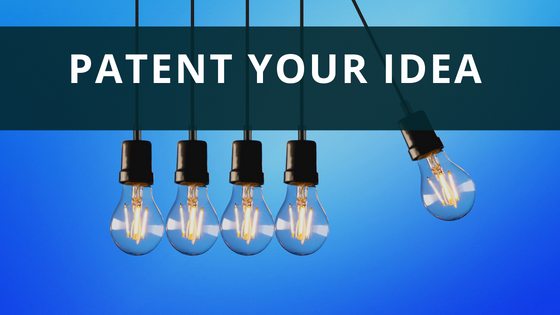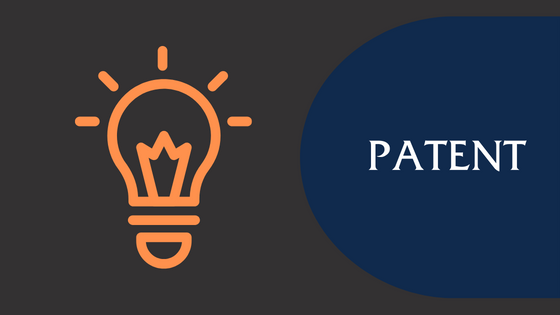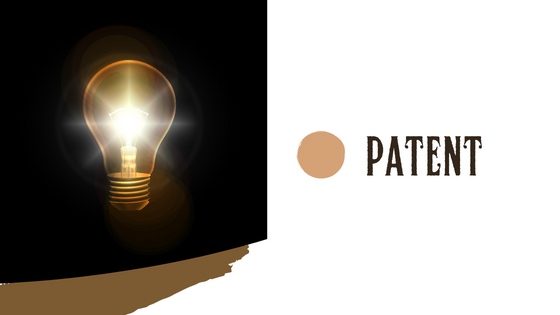Are you an aspiring inventor with a brilliant idea but unsure of how to bring it to life? InventHelp is here to support you every step of the way. With over three decades of experience, InventHelp has established itself as a leading resource for inventors, providing essential services to help turn great ideas into market-ready products. Here’s a glimpse of what InventHelp can do for you:
Expert Guidance and Confidentiality
Navigating the world of invention can be overwhelming. InventHelp’s team of experts is equipped to help you through the process, offering guidance on everything from patent searches to prototype creation. The company values your privacy, ensuring that your idea remains confidential throughout the entire process.
Patent Referral Services
You should look at patent protection for your invention idea. InventHelp connects you with its network of independent patent attorneys and agents, who can evaluate your idea’s patentability and assist in filing the necessary documents. This tailored approach ensures you receive the right level of support for your specific needs.
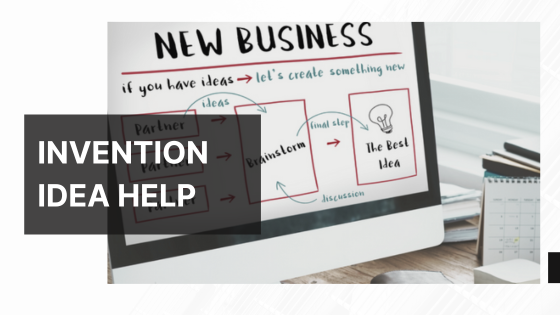
Prototype Development
A tangible representation of your product is essential for pitching to potential investors or licensees. InventHelp offers prototype development services to create either a virtual or physical prototype, depending on your needs. These prototypes are invaluable in demonstrating your idea’s functionality and market potential.
Marketing Assistance
InventHelp’s marketing services aim to connect inventors with potential investors, manufacturers, or licensees. The company’s experienced marketing professionals develop presentation materials such as videos, brochures, and sell sheets, showcasing your invention in its best light. Additionally, InventHelp attends trade shows and industry events, providing you with opportunities to showcase your invention to a broader audience.
Licensing Support
Taking your invention to market can be a daunting task. InventHelp simplifies this process by helping you find potential licensees who are interested in turning your idea into a reality. Their licensing specialists work to negotiate the best possible terms for you, ensuring you receive fair compensation for your invention.
Conclusion
InventHelp is a one-stop-shop for inventors seeking support in transforming their ideas into successful products. From patent assistance to marketing and licensing support, InventHelp has the resources and expertise to help you realize your inventive potential. Don’t let your brilliant idea go to waste, partner with InventHelp to bring your invention to life.
